Why Are There So Many Bathrooms in the Houses on Selling Sunset?
Helen
11 months ago
Featured Answer
Sort by:Oldest
Comments (19)
Marie J.
11 months agoSabrina Alfin Interiors
11 months agolast modified: 11 months agoRelated Discussions
Why isn't my house selling?? What to do now?
Comments (49)Just wanted to post a happy ending update. Shortly after this thread ended, and my new pic were up, we did lower the asking price for sale and rent. Within a week we had 5 more showings for purchase(no offers) but a very qualified renter applied to rent. Unlike my previous tennants who had a very good job, low credit score, BUT always paid their rent on time.. this couple has an excellent income, good credit score and excellent references. They had always owned a home, but were transferred 18 months ago, were planning on it being temporary, so rented. The home they have been renting in Michigan is now up for sale, and I looked at the pictures and they have lovely furnishings, that will fit perfect in my home. I'm very confident it will make the next time I list my home much easier. I have stipulated in our contract a longer 'right to show' clause.. previously 60 days, now 90 days. They stated they might be interested in purchasing at a later date, but are unsure about a future transfer at this point. I would have rather sold the home, but at least we have rental income again- the same amount as I had previoulsy been receiving. And we roll the dice and hope there isn't any further decline in the housing market in the next year or two.. I do always learn by my mistakes! Next time I will insist on better pictures from the start.. besides that.. my realtor really did an excellent job for me, in keeping me well informed of any and all feedback and following up with people frequently. I know those things should just be expected.. but not so much so with my last realtor.. I would definately use her again..just not have her take the pictures!.. and she was very ok with that....See MoreWhy are bathrooms so important?
Comments (39)"How many middle-class wives and mothers killed themselves to present a house as neat and gracious as they saw on early TV programs and in advertisements?" Oh yea, I struggled with this and wasted tons of money I really didn't have trying to match that tv this is what real people's lives look like. Years of wondering why our house, things, clothes, cars, didn't look like the ones of those favorite tv shows. Sometimes I call it my Imelda Marcos syndrome, those of us who didn't have money and felt embarrased, filling up our closets with shoes later in life (or my case things other than shoes but you get my drift). Now that I'm older I don't care as much. But even now sometimes I get those niggling feelings, "people will think I'm strange because I don't care because I do what I want and don't have that fit in need anymore"...See MoreCan somebody explain to me why so many people have left GW under Houzz
Comments (120)People who need to know a particular tree wants to grow over 60 ft. tall where conditions permit are those wanting to plant the same kind where there is room for one about 15 ft. tall. Something that happens a lot, particularly when many appear to think "big tree" = 15 ft. The physical demonstration of genetic programming recorded by those measuring fully developed examples illustrates the inherent character of trees being considered. Doesn't matter if they don't all grow 100 ft. tall everywhere, when even half that would overwhelm the planting site. Or that it might take 50 years for them to get big. It costs thousands of dollars to hire a qualified tree service to remove one big tree in a developed setting, where it can't just be sawed through at the base and allowed to fall where it may. And left to rot. Why ever choose a tree for an inadequate space, when a smaller kind could have been planted instead? Denial that a particular kind does often loom large does not prevent this problem from developing down the road. Plants that burn - or worse - every time there is a sharp winter may not really qualify as landscape staples. Certainly not as the ironclad, fail-proof unchanging purchases probably nearly all non-hobbyists are visualizing at the time they bring landscape plants home and install them. Hence the value of pointing out specific items aren't, in fact totally hardy - as in never damaged by cold. This is why there are hardiness rating systems and hardiness categories like fully hardy, half hardy and so on - people want to know where each plant falls on the spectrum, what to expect....See MoreWhy do so many people "buy" soil?
Comments (24)This year I converted a lawn to my garden. I fenced off more than I can use in one year. But it gives me room to rotate crops, but requires me to mow some of my garden. I dug in 4 inches of horse manure in clay last fall and planted 48 potato plants into a 5x16 foot bed this year. I also dug in 4 inches of mushroom manure into what was my lawn this spring and in a matter of a few days set out tomato plants. The lawn was an inch of sod on clay. I dug the sod in. I'd recommend using only 3 inches of manure or mushroom compost along with some mulch or peat. The point I'm making is that you don't need to add anything to the soil you have except some organic matter and maybe some lime and wood ash which I did use. The horse manure I used was from a stable in my area that I knew of. It was horse manure with minimum straw, probably wasted hay, not bedding. It was maybe a couple years old. Some of it was even older, from the looks of my potatoes the older manure grew larger plants. I also passed up manure from a huge pile that would have been easier but was mostly wood chips used for bedding. You can find horse manure by googling horse boarding with the name of your town and state. From my experience horse boarders don't use the manure and are happy to give it to you for free. I rented a pickup truck for $19.95 which became $43 with the mileage charge etc. That was an 8 foot bed which allows you to easily haul two cubic yards with a wheel barrow and shovel. Tie the wheel barrow down, they can and do fly. When you find a source visit it first. Some sites are inaccessible or possibly impossible to get back out of, and there is manure and then there is manure. You want horse manure that is black,. Brown horse manure is fresh, if its grey it'll also be smoking hot. Find the black stuff, it's there somewhere.'If it's for next spring then it doesn't need to "well composted". If you leave it in a pile it'll be ready next spring. As I said I passed up horse manure with wood chips in it. The other possibilities are manure with no bedding and straw used for bedding. That with straw is excellent but it is harder to dig into. If you're looking for fresh manure for a hot frame, fresh manure with straw will keep your frame the warmest. So I'm saying that you can dig manure into a lawn and plant the same day. No other preparations are necessary. My lawn had no rocks, there was more rocks in the mushroom manure than in my lawn. I did have lots of tree roots which presented a problem for me at my age and health. I used nothing but a spade and a hatchet to cut the roots....See Morechispa
11 months agoK R
11 months agoKendrah
11 months agoworthy
11 months agolast modified: 11 months agoMrs Pete
11 months agochispa
11 months agobpath
11 months agolast modified: 11 months agokl23
11 months agoMark Bischak, Architect
11 months agoworthy
11 months agolast modified: 11 months agochispa
11 months agoRedRyder
11 months agobeesneeds
11 months agoAiFL
11 months agoDavid Cary
11 months agoSafelyBuild
9 months ago
Related Stories

SELLING YOUR HOUSE10 Tricks to Help Your Bathroom Sell Your House
As with the kitchen, the bathroom is always a high priority for home buyers. Here’s how to showcase your bathroom so it looks its best
Full Story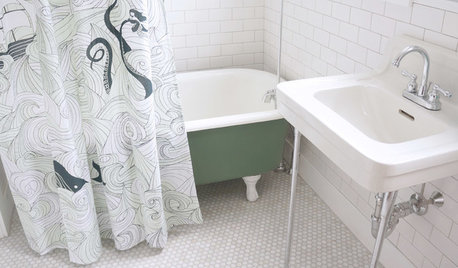
BATHROOM MAKEOVERSRoom of the Day: See the Bathroom That Helped a House Sell in a Day
Sophisticated but sensitive bathroom upgrades help a century-old house move fast on the market
Full Story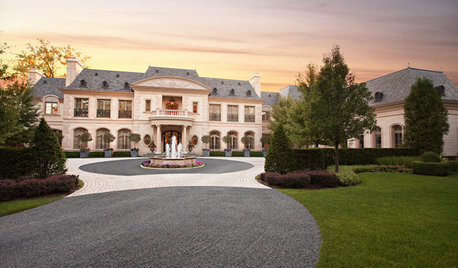
MOVINGWhy So Many New U.S. Homes Are Supersized
A bigger share of new homes sold in 2015 were 4,000 square feet or more compared with before the recession. But that could change
Full Story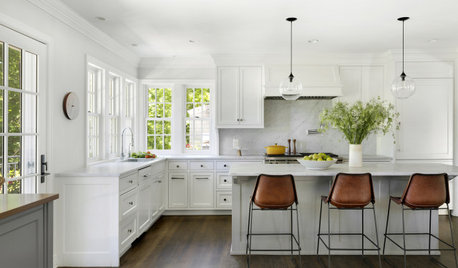
HOUZZ PRODUCT NEWSMany Homeowners Plan to Stay Put and Renovate Rather Than Sell
Plus, living spaces are expanding and pro hiring has increased, according to the 2023 U.S. Houzz & Home Study
Full Story
DATA WATCHMany Homeowners Plan to Stay Put and Renovate Rather Than Sell
Plus, living spaces are expanding and pro hiring has increased, according to the 2023 U.S. Houzz & Home Study
Full Story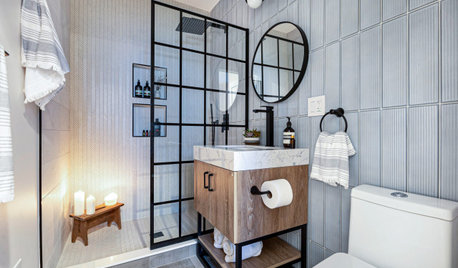
BATHROOM DESIGN10 Most Popular Bathrooms So Far in 2023
Get ideas for shower and tub layouts, soft palettes and tile patterns from the most-saved new bathroom photos this year
Full Story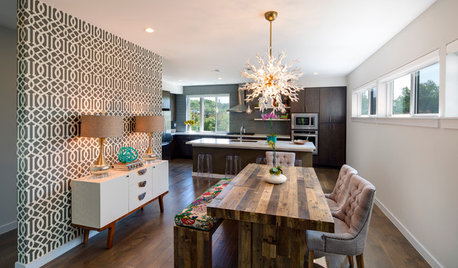
SELLING YOUR HOUSESelling? How to Make Your House Look Great in Photos
Improve your home’s shot at a sale by maximizing light, removing clutter and refreshing plants before the photo shoot
Full Story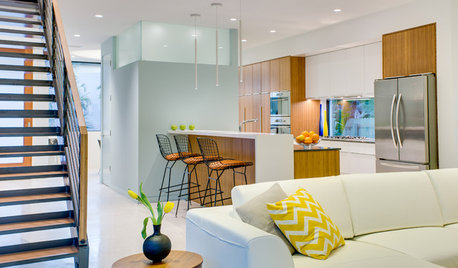
SELLING YOUR HOUSEThe Real Scents That Will Help Sell Your House
Ditch the potpourri and baked cookies. Follow these guidelines on scents to use and avoid to help sell your home
Full Story
SELLING YOUR HOUSE9 Tips for Selling Your House in Winter
Make your home stand out to buyers in a challenging season by upping its coziness and showing its potential
Full Story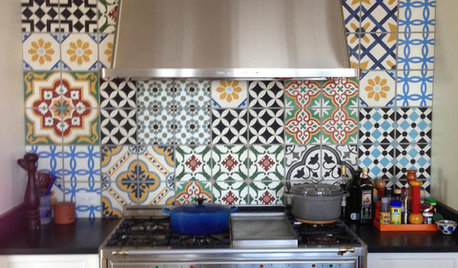
TILESo Many Reasons to Love Cement Tiles
You’ll notice their beautiful patterns right away, but cement tiles have less obvious advantages too
Full Story







Kate